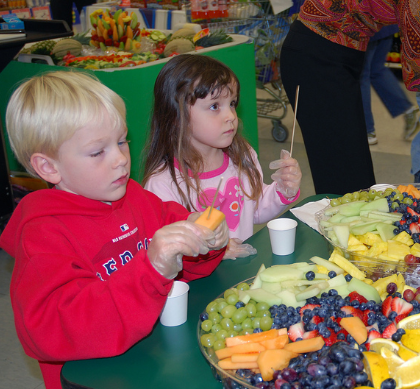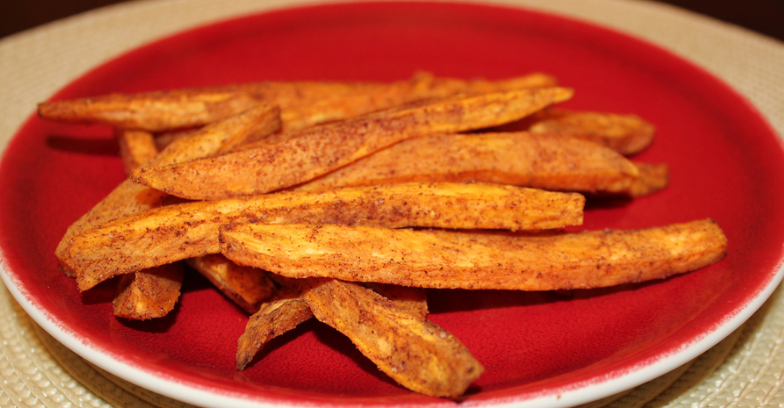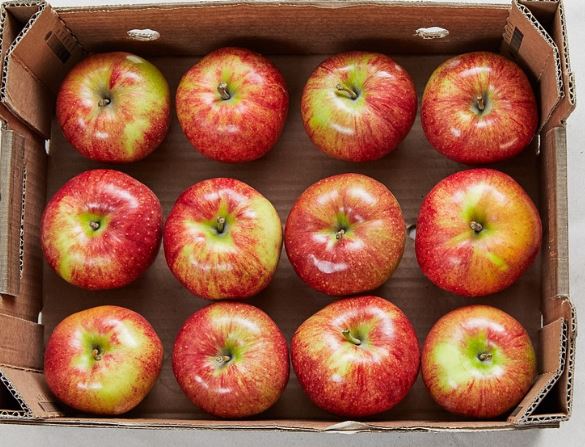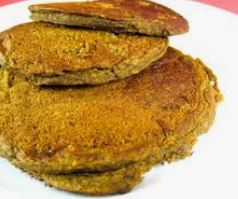Can You Eat Pomegranate Seeds?

What Are the Health Benefits?
Pomegranate is an extremely healthy fruit. Many people pop them open, scoop out the seeds and eat them whole. Yet others suck the juice off each seed before spitting the white fibrous middle out. It’s the latter group who may be missing out on some of the pomegranate’s health benefits!
Nutrients
Pomegranates are rich in vitamin C, potassium, and fiber. The majority of that fiber is found in the white seeds hiding beneath the pockets of juice. It contains 48 percent of the recommended daily vitamin C intake, important for a variety of health functions.
Low Calorie
With 234 calories in an entire pomegranate, it’s a relatively low-calorie food. This makes them a delicious and ideal snack for anyone watching their weight.
Antioxidants
Pomegranate seeds contain a high number of antioxidants, which help protect the body against inflammation and free radical damage. There are also antioxidants in the peel, though few people eat pomegranate peels. These antioxidants, referred to as polyphenols, include tannins, flavonoids, and anthocyanin.



 The series, to be presented through March at various IndyPL locations, will feature the following topics:
The series, to be presented through March at various IndyPL locations, will feature the following topics:


